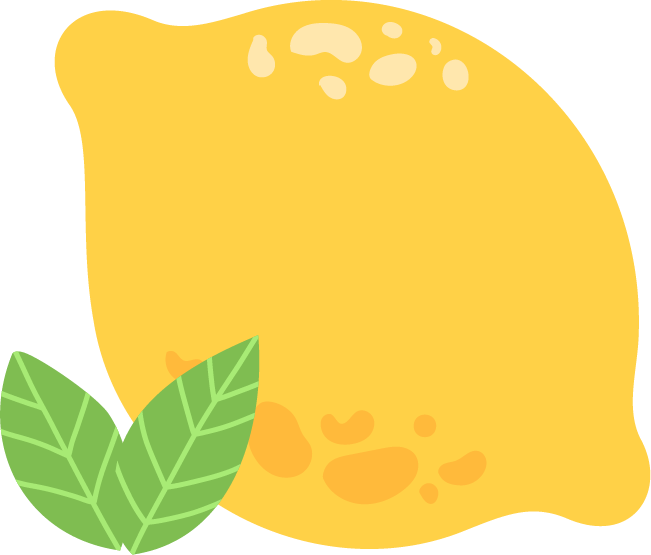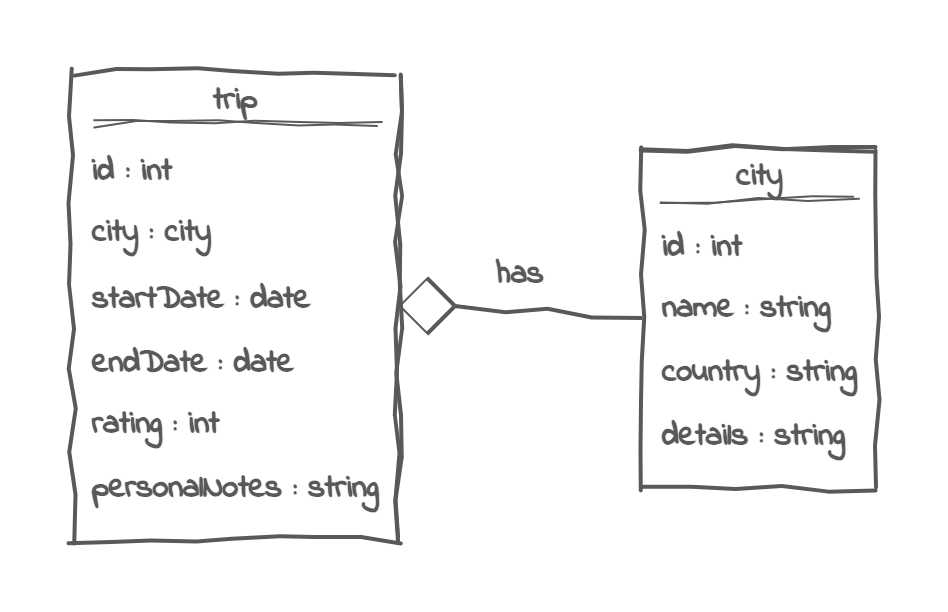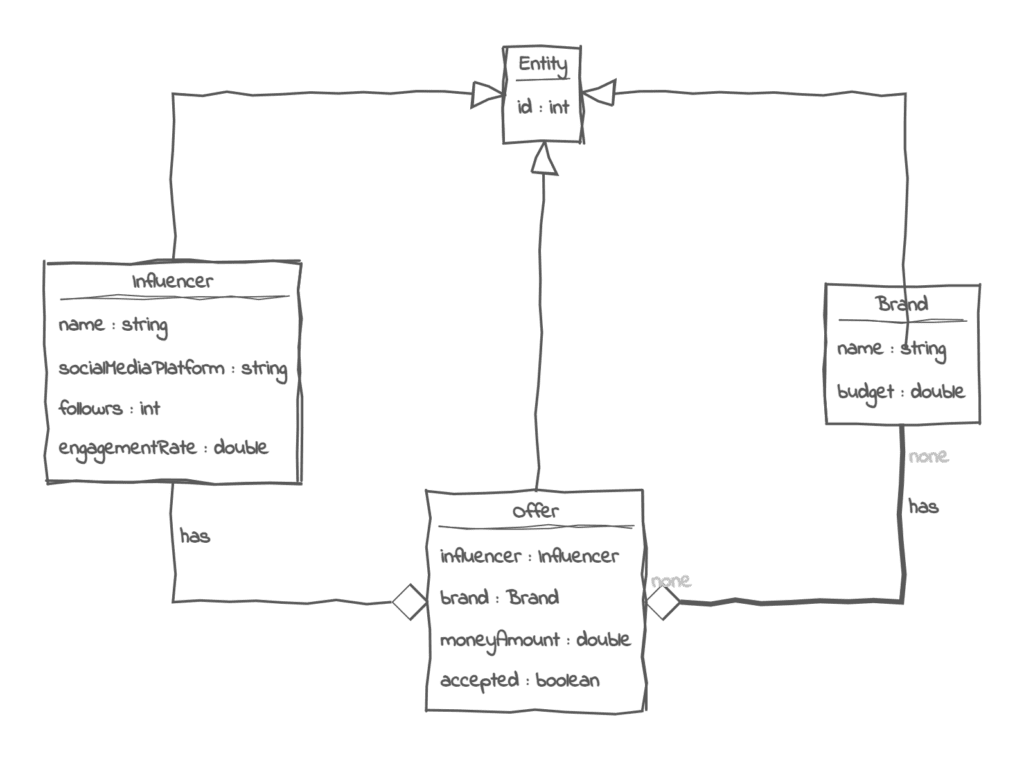We’ve prepared a list of practical projects having increasing levels of difficulty, covering different Spring topics to help you prepare for your future career in Java programming.
We understand that learning software development can be difficult at times. With countless courses, tutorials, and an abundance of online information, it can get overwhelming. However, applying this information and putting that knowledge into practice can be a different story.
These days it is hard to get an internship to gain some real experience. The whole process of applying to tech companies and doing interviews can be really challenging.
We believe that a person who wants to learn something new, can have an easier journey by implementing something practical and meaningful. Besides that, it can help you gain some practical experience beyond just theoretical knowledge which helps a lot when you are preparing for a job interview.
Here’s why it matters:
Because we believe that practice is essential, we have prepared some project ideas to help strengthen all the concepts you have learned until now. Feel free to solve them, upload them to your personal GitHub, and use them on your Linkedin profile or in job interviews.

Create a project for a person who is passionate about traveling and wants to manage their city breaks effectively. The program helps the user track the cities they’ve visited, the destinations on their bucket list, and the trips they’ve taken, along with any highlights or personal notes.
First, the application should have a city entity which represents a city the traveler has visited or dreams of visiting. Each city has details like a name, country and details about its attractions (a string that contains some information about the city). For example, Paris might have a description like “vibrant culture, incredible food, must see the Louvre museum and the Eiffel Tower”.
The user can log in trips they’ve taken, specifying the city they visited, the start and end date of the trip, the rating of the trip and personal notes. In a city break, only one city can be visited. For example the person who uses the application should be able to add Paris in the trip list that he already has and write the details about the trip.

Todo list:
Create a system that allows brands to offer sponsorship deals to influencers based on their follower count and engagement rate. Influencers can accept or reject these offers, and the system keeps track of their total earnings and the remaining budget of brands.
The system should allow influencers to register their name, social media platform (TikTok, YouTube, Instagram, etc.), number of followers, engagement rate (percentage of followers who interact with their content) and brands with the name and a total budget.
The system should allow brands to create an offer for an influencer. When it is created, the brand should introduce the amount of money. By default, the offer is pending, but an influencer should see their offers and should be able to accept it. When accepted, the money is extracted from the brand budget.

Todo list:
Build a simple music streaming app like Spotify or Apple Music. In this app, users can play songs, organize them into playlists, explore albums, and discover artists. To create this system, you need to model different entities that represent the core parts of the app: songs, albums, artists, and playlists.
In this Music Streaming Application, we start by defining a few core elements. First, a song represents a piece of music with a title and duration. Every song belongs to an album and can have one or more artists performing it. For example, a song like “Baby One More Time” might be performed by “Britney Spears” and could be part of the album “…Baby One More Time”.
An album is a collection of songs grouped together, often by the same artist. The album has a title, a release year, and contains multiple songs. For example, “…Baby One More Time” might include several tracks like “(You Drive Me) Crazy” and “Sometimes”, all performed by Britney Spears. The album allows users to view all the songs it contains, and we can also calculate the total length of the album by adding up the durations of each track.
An artist is the person or group that creates and performs music. Artists can release multiple albums and collaborate on various songs. For instance, Britney Spears might be a solo artist who has released “…Baby One More Time”, contributing to every song on the album. Artists also belong to different musical genres, such as pop or rock.
Finally, a playlist allows users to create custom lists of songs they enjoy. A playlist can contain multiple songs from different albums and artists. For instance, a user might create a playlist called “Favorites” and add “Sometimes” and “(You Drive Me) Crazy” to it. A song can be added to multiple playlists, and a playlist can have many songs.
Todo list:
Create a system that helps a sports complex manage sports fields (like soccer fields, tennis courts, basketball courts, etc.) and allows clients to book appointments by phone.
To use the application an user should be logged in using a username and a password.
The system should allow the administrator to add, edit, and remove sport fields. Each field should have details such as: Name (e.g., “Soccer Field 1”), Type of sport (Soccer, Basketball, Tennis, etc.), indoor/outdoor, price per hour.
When a client calls, a booking can be created by the administrator if the field is available. The administrator should ask about the client’s name, phone number, email, the field, the date and hour. The administrator can view the reservations of the field from that date. If there are some available hours, the administrator can book the field.
If a user wants to book an outdoor field, a weather check is mandatory: the temperature should be higher than 10 degrees C in order for the reservation to be validated.
Todo list:
You have been tasked with developing a Food Waste Management System to help reduce the environmental impact of food waste. The purpose of this system is to track food donations, manage collection centers, and facilitate waste processing to ensure efficient and sustainable waste disposal. This system will monitor the key entities involved in the process, including food donors, collection centers, waste processors, and the types of waste they handle.
To use the application an user should be logged in using a username and a password.
Food donors are sources that provide food waste, such as grocery stores, restaurants, and food distribution centers. Each donor should have a name, an address, and their contact information. Donors can donate multiple food waste items over time. Additionally, each Food Donor can deliver waste to multiple collection centers.
Each food waste item represents a batch of food that has been donated and designated as waste. For each food waste item, the system should track its weight (in kilograms), the expiration date, and the type of waste (for example, vegetables, dairy, or grains). Each food waste item should belong to a specific Food Donor that provided it. However, food waste items may pass through various processors as they are collected and processed.
Collection centers are designated facilities that collect food waste from various donors before it is sent for processing. Each collection center should have a location, and a maximum capacity (measured in kilograms) to indicate how much waste it can hold. Each collection center can accept food waste from multiple donors. Once collected, food waste from each collection center is then sent to a specific waste processor.
For example, a collection center located near a city center may receive waste from multiple restaurants and grocery stores and send it to a processor that specializes in composting.
Processors are entities responsible for converting food waste into useful byproducts, such as compost, energy, or fertilizer. Each processor has a name, a location, and a maximum processing capacity to indicate how much waste it can handle. Each processor can handle food waste from multiple collection centers. When a food waste item arrives at one processor, the food waste item is marked as processed.
Todo list:
Thank you for completing all the tutorials. If you enjoyed them, please leave us a review on the contact page of our website.
Learn advanced concepts, work on real-world projects, and fast-track your journey to becoming a proficient Java developer. Start now and unlock your full potential in the world of Java programming!
Start now and unlock your full potential in the world of Java programming!


The place where you can start your Java journey.
© All Rights Reserved.